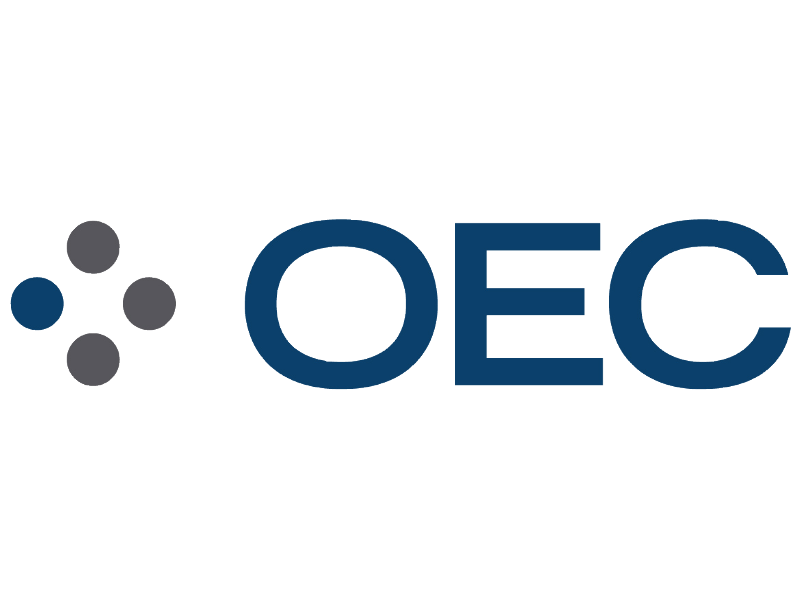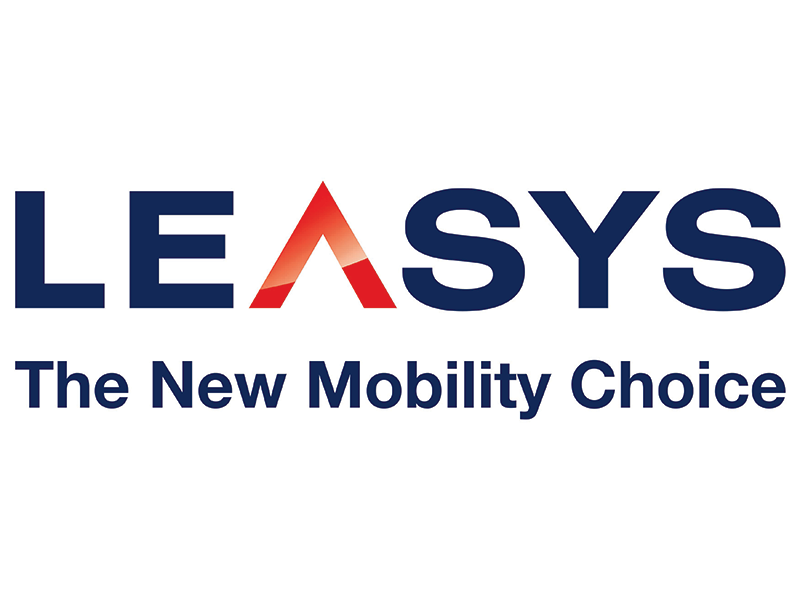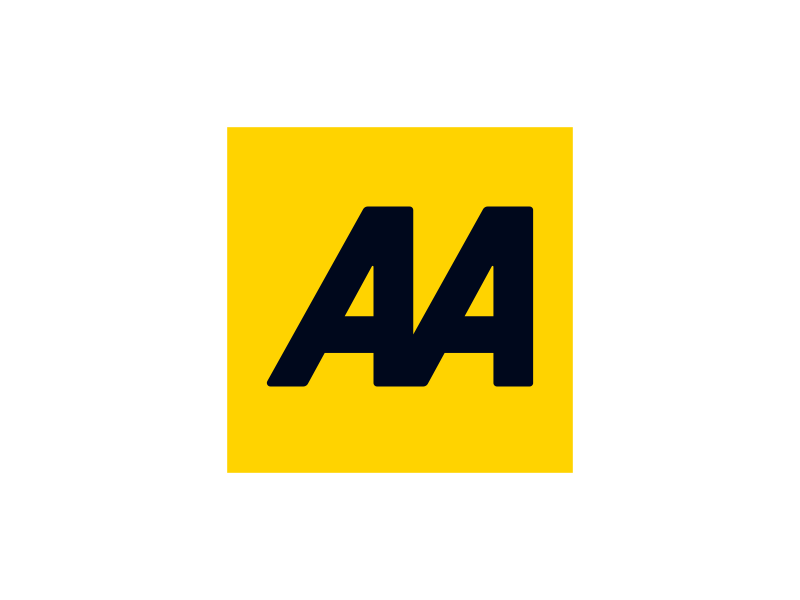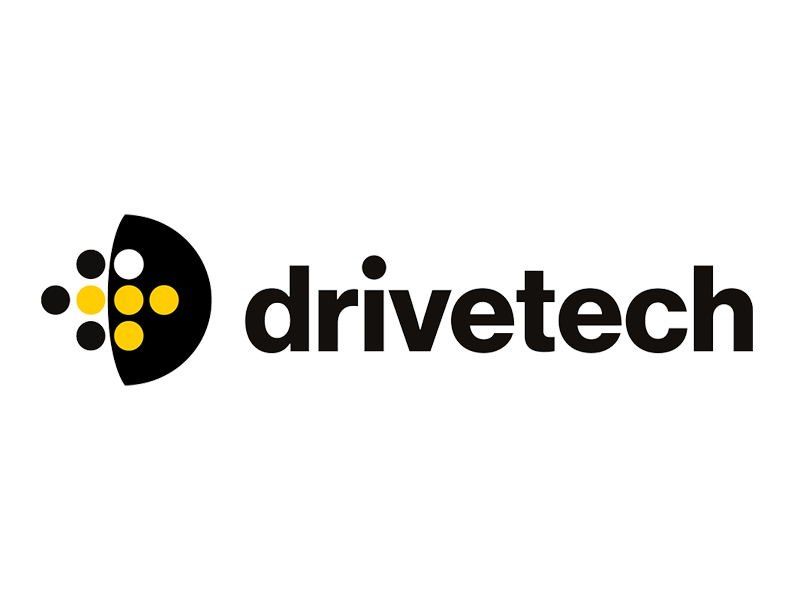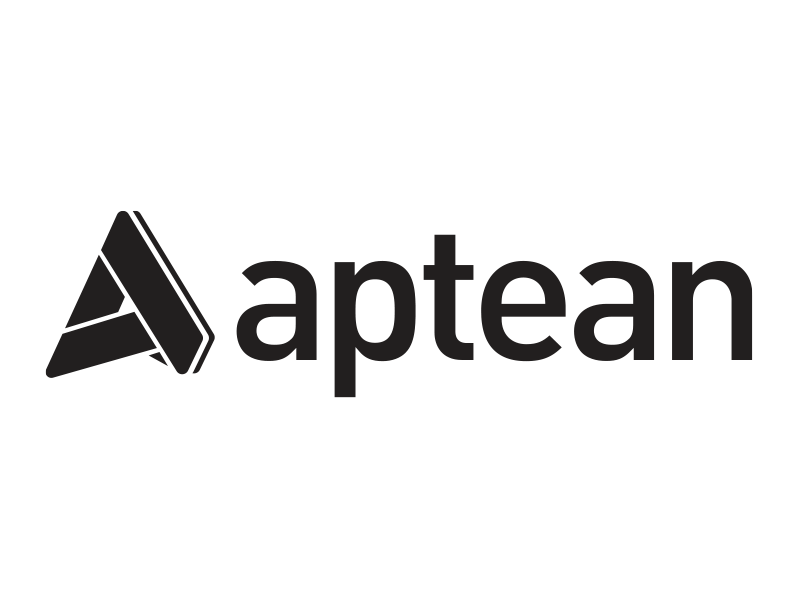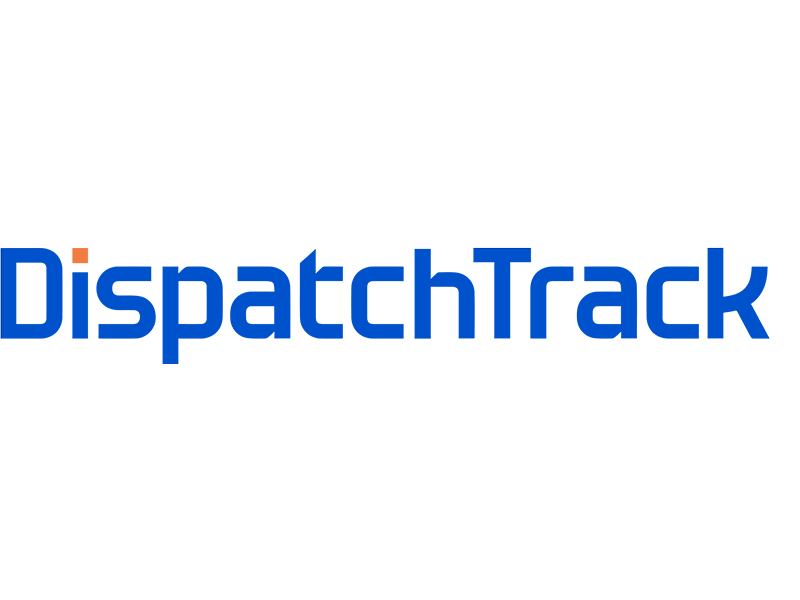This year, IAM RoadSmart is focusing on three commercial routes to market. Martyn Collins speaks to Tony Greenidge, business development director, to find out more.
The first includes rehabilitation of people who have been convicted for drink driving, where a magistrate has given them the opportunity to undertake a course, which upon completion potentially reduces their ban by 25%. IAM RoadSmart also has a small presence in the speed awareness sector, which is operated by the police and/or local authority. This market has grown significantly in the last 10 years, and according to Greenidge, there are now in excess of 1.3 million speeding drivers per annum who are sent on a course.
The real area of frustration and opportunity for IAM RoadSmart’s business is the corporate driving sector. Despite data being available to decision makers about driver performance, it’ can often be a struggle to get across the message of the importance, relevance and need for driver training, Greenidge suggests.
“I can remember in 2007 when the Corporate Manslaughter Act was introduced, everyone in the industry was going around almost scaring directors, telling them if they didn’t have a policy in place they’re going to go to jail and, of course, that created a bit of a frenzy. But, I think the challenge 10-12 years on is people are saying, ‘I haven’t seen anyone go to jail’.”
Whilst there’s a real concern that a lot of the technology based systems focus on business operation and efficiency, driver behaviour is almost swept under the carpet, because of the lack of teeth so far shown by the Health and Safety Executive.
To generate awareness, IAM RoadSmart has put out another white paper this year, asking what it is that’s stopping people putting driver risk programmes in place. The common denominator in all these situations is the driver. Greenidge believes if it was any other aspect of the business, it would employ people to come in to improve efficiency.
“For some reason, because we’re human, we tend to ignore it and I don’t understand that. I think the only way I can justify it, is that we don’t employ people for their driving skills, we employ them because they are a good at the role they have been employed to do i.e. salesperson, engineer etc – their need to drive being an occupational hazard.”
Therefore, driver training is not treated with the level of seriousness that it deserves. Plus, with all the ongoing uncertainty in the wider fleet sector that inability to demonstrate a return on any investment in training has been difficult for fleet decision makers. Increasingly IAM RoadSmart is identifying savings companies could make by implementing a robust driver risk management programme.
“Rather than thinking of single costs, take 10% of drivers and with, say, a £200 cost, and spread this across the whole fleet. So, now we’re saying pay £4-£5 per driver per month and whatever comes out of the risk management evaluation is catered within that fixed price,” Tony explains.
Within that, all training is built into the cost, because they’ve assumed a percentage of drivers will need to go on the road, but it also means there are no hidden surprises. This option was launched in 2018 but there has already been some success.
The third tranche IAM RoadSmart is working on focuses on preventative driver education, rather than remedial. It’s now introducing a system that will create bespoke content to suit individual customers.
“For example, there might be a business with 10 locations across the UK. What we will do is identify where the traffic hotspots are around those 10 locations. Then, we can build questions around those locations that the driver would be expected to complete as part of their induction into the business – rather than further down the track.”
Additionally, if a customer has a particular vehicle configuration, IAM RoadSmart can film a video tutorial with the key hazards to look out for.
IAM RoadSmart is trying to educate drivers before they have an issue – rather than dealing with the after effects. And, Greenidge says there has been lots of interest, because the training costs have been set at a level to cause disruption being less than half the market rate.
The idea is that employees have their own personal account to a joint-branded portal, so that when an employee logs on, they’ll be presented with a clearly branded IAM RoadSmart backend, complete with modules and videos catered for the specific individual.
“We’re very excited about this, because a lot of the product that’s out there is very off-the-shelf and generic. We just see it as the opportunity to do something a bit different. The enquiry levels are pretty good now because of the pricing model,” Greenidge adds.
Customers can pay for two or three-years up front. Once they’ve paid, they don’t pay any more, although the services can be paid for on a monthly subscription basis instead if they prefer.
As you can see, there’s lots going on at IAM RoadSmart this year that’s well worth checking out for your fleet.





